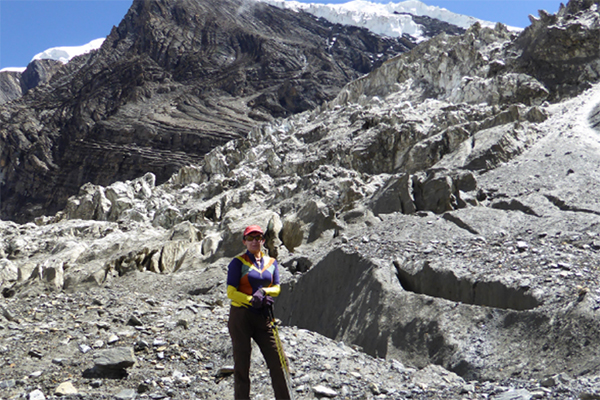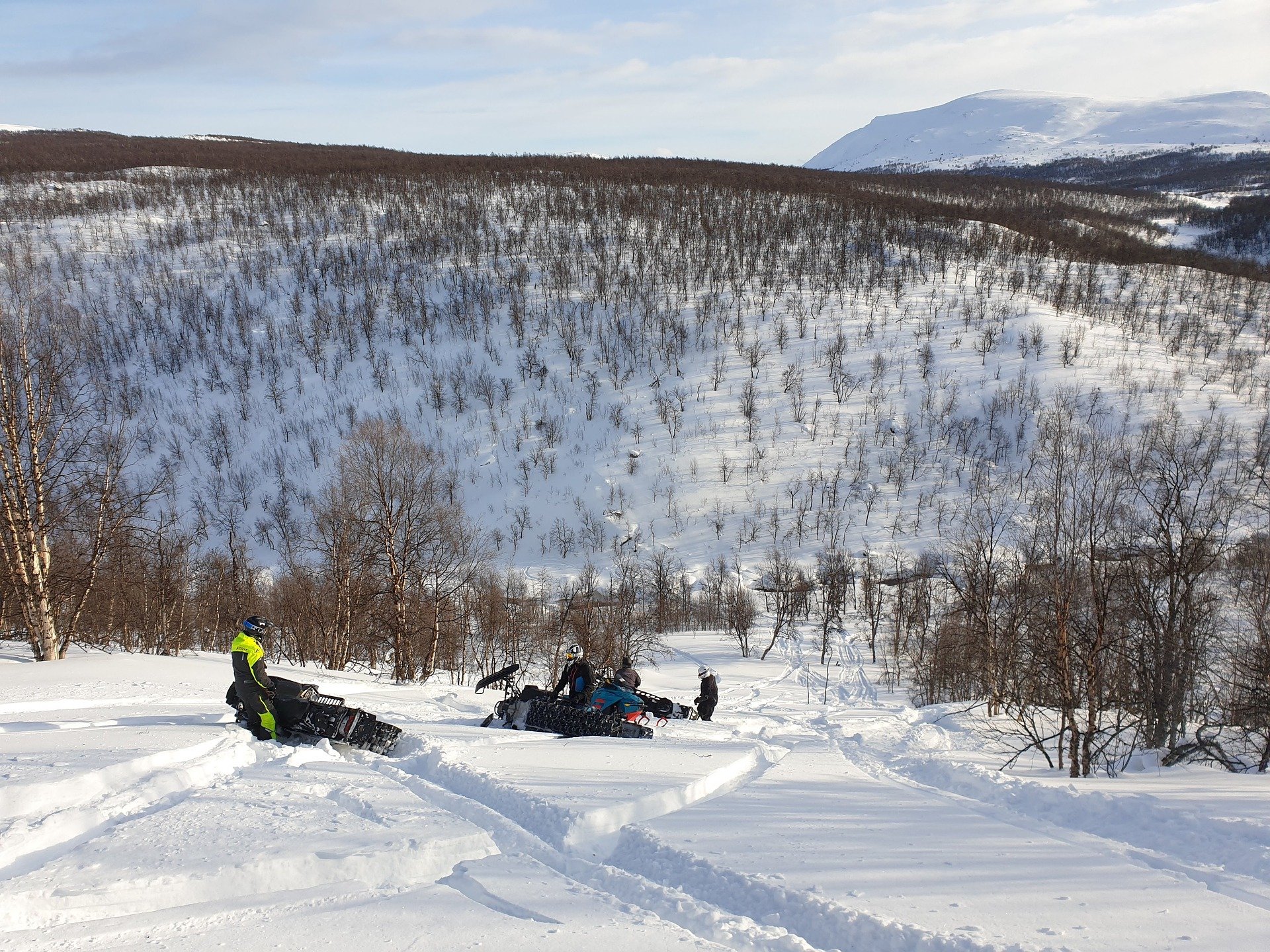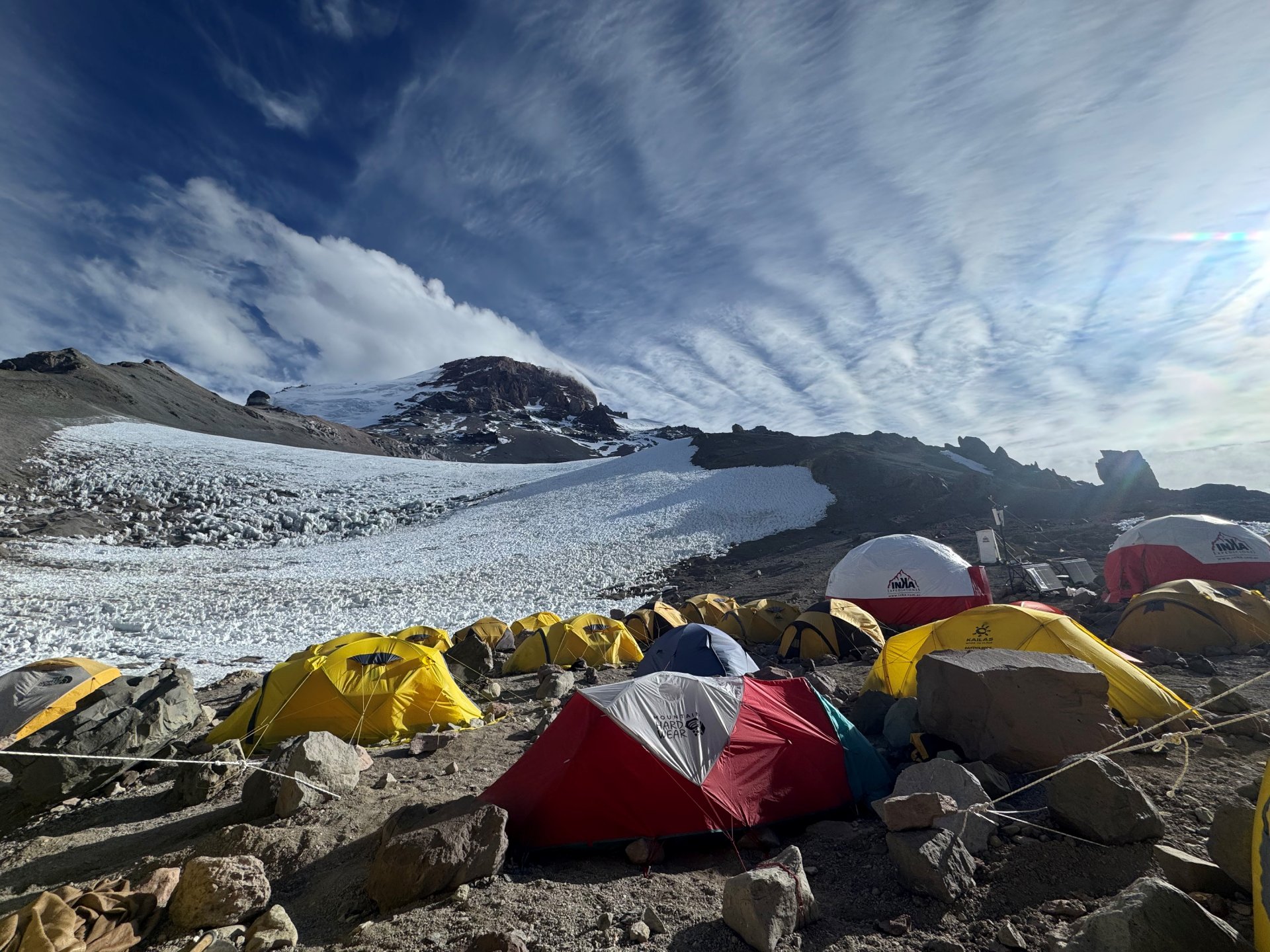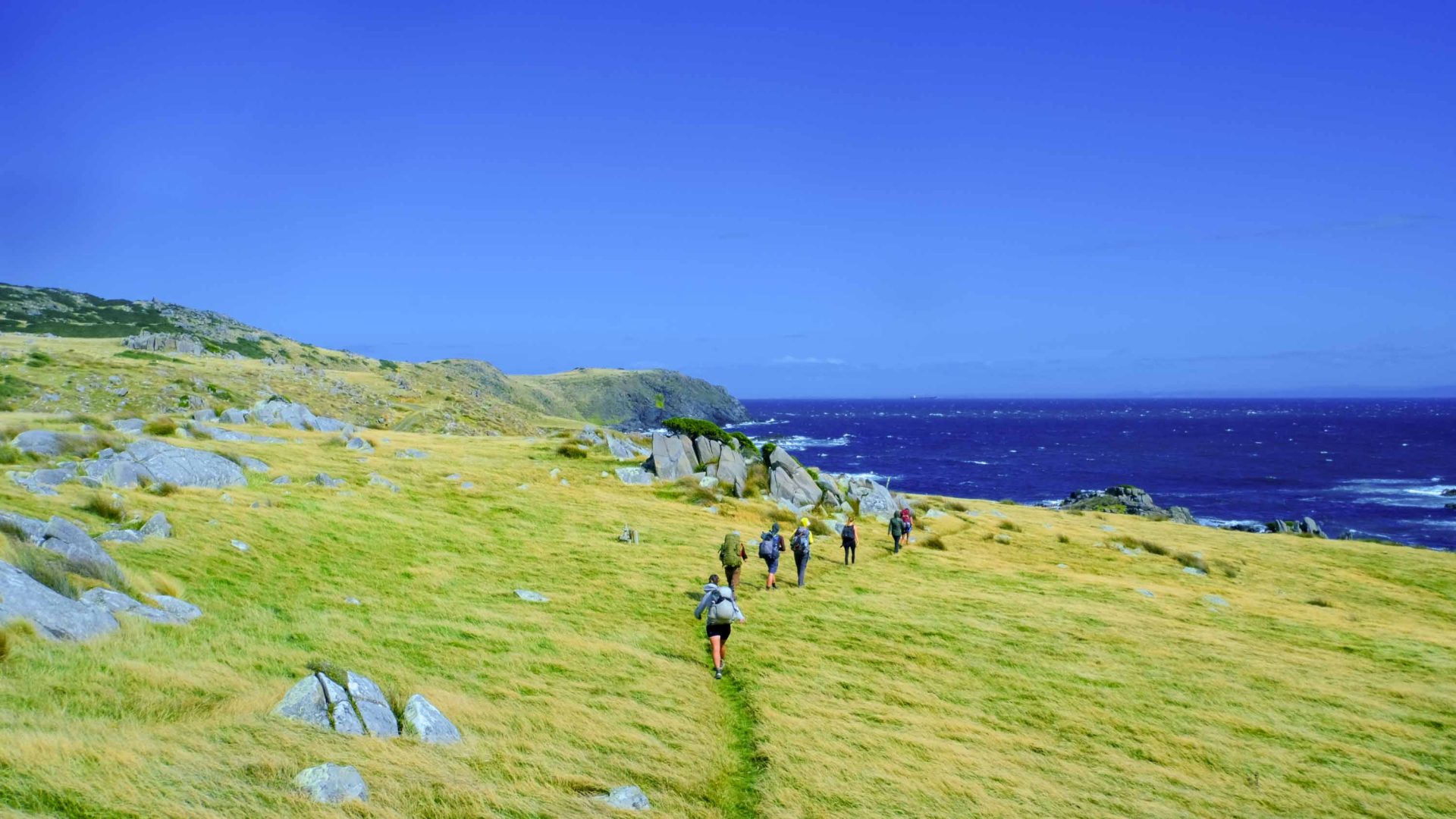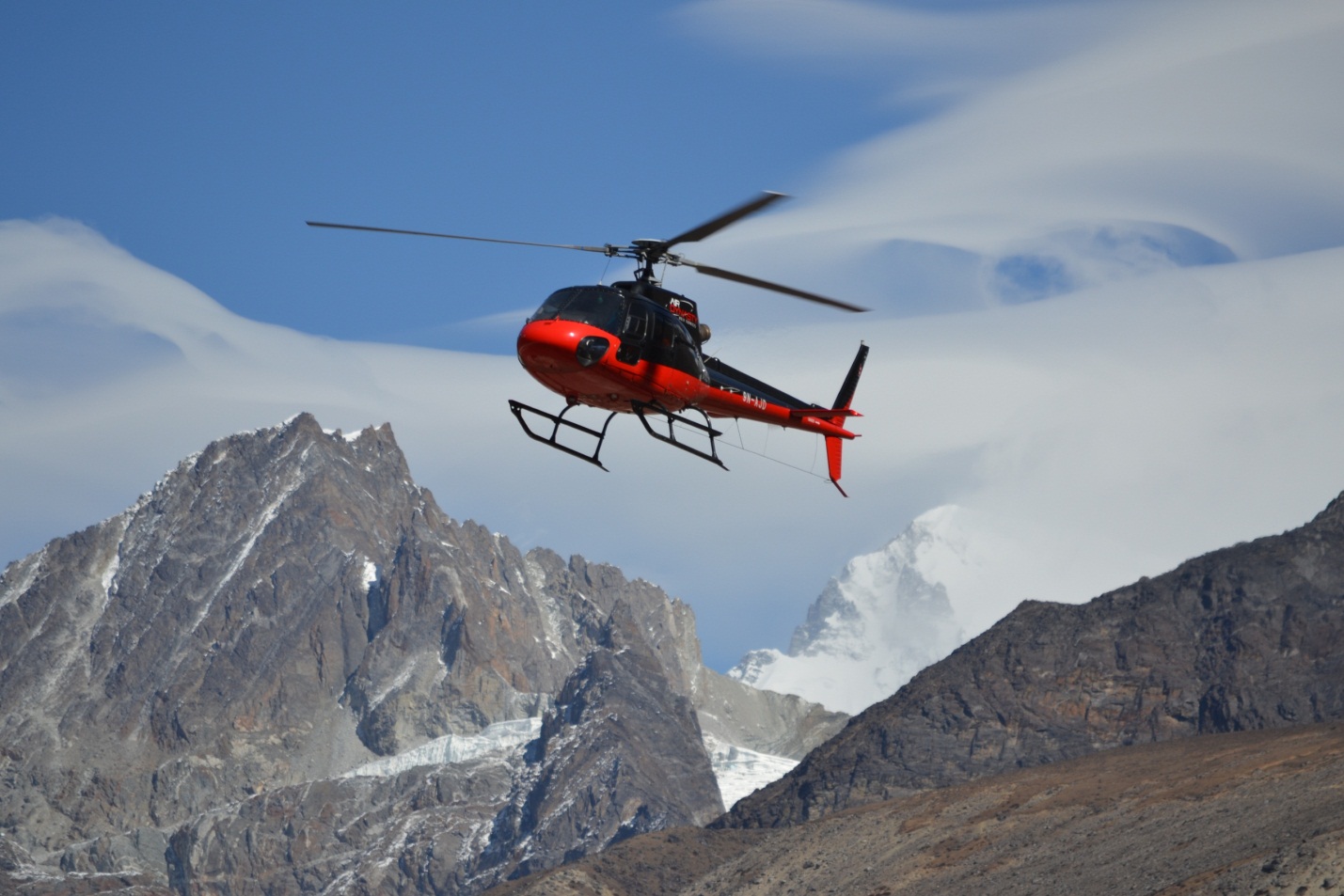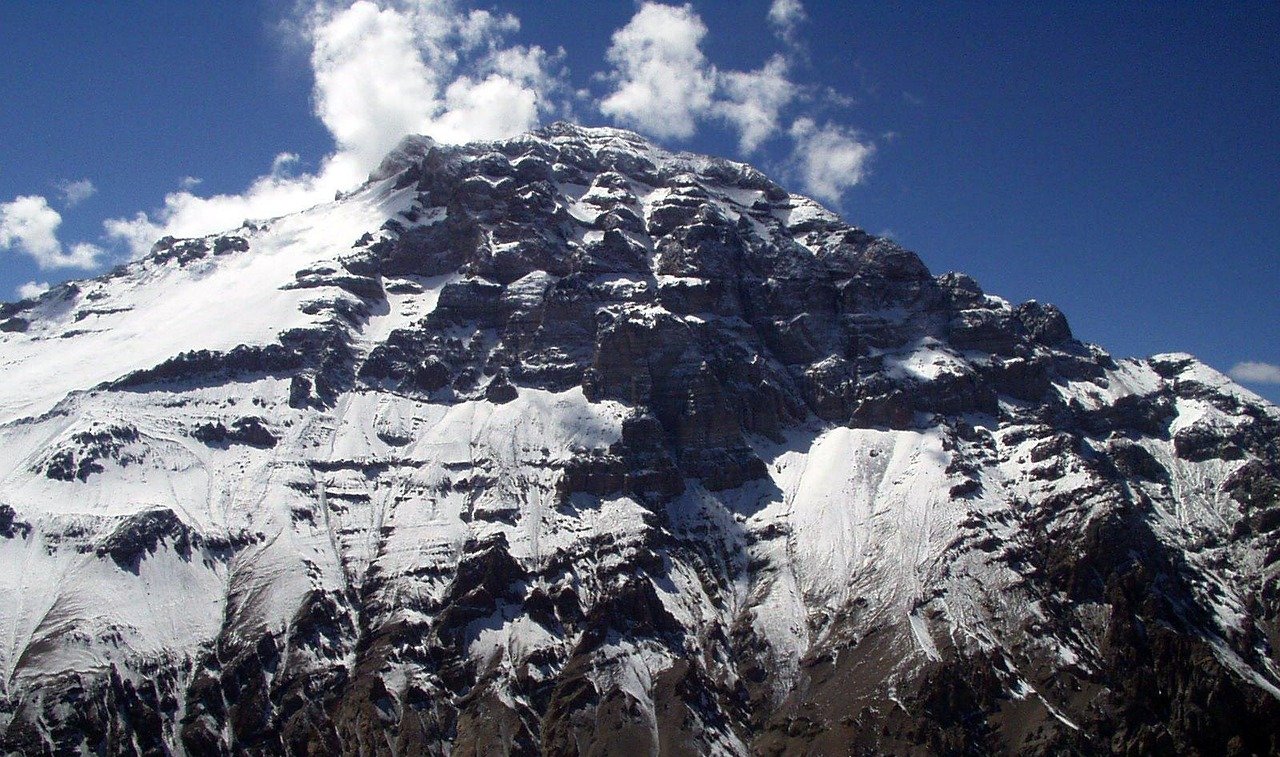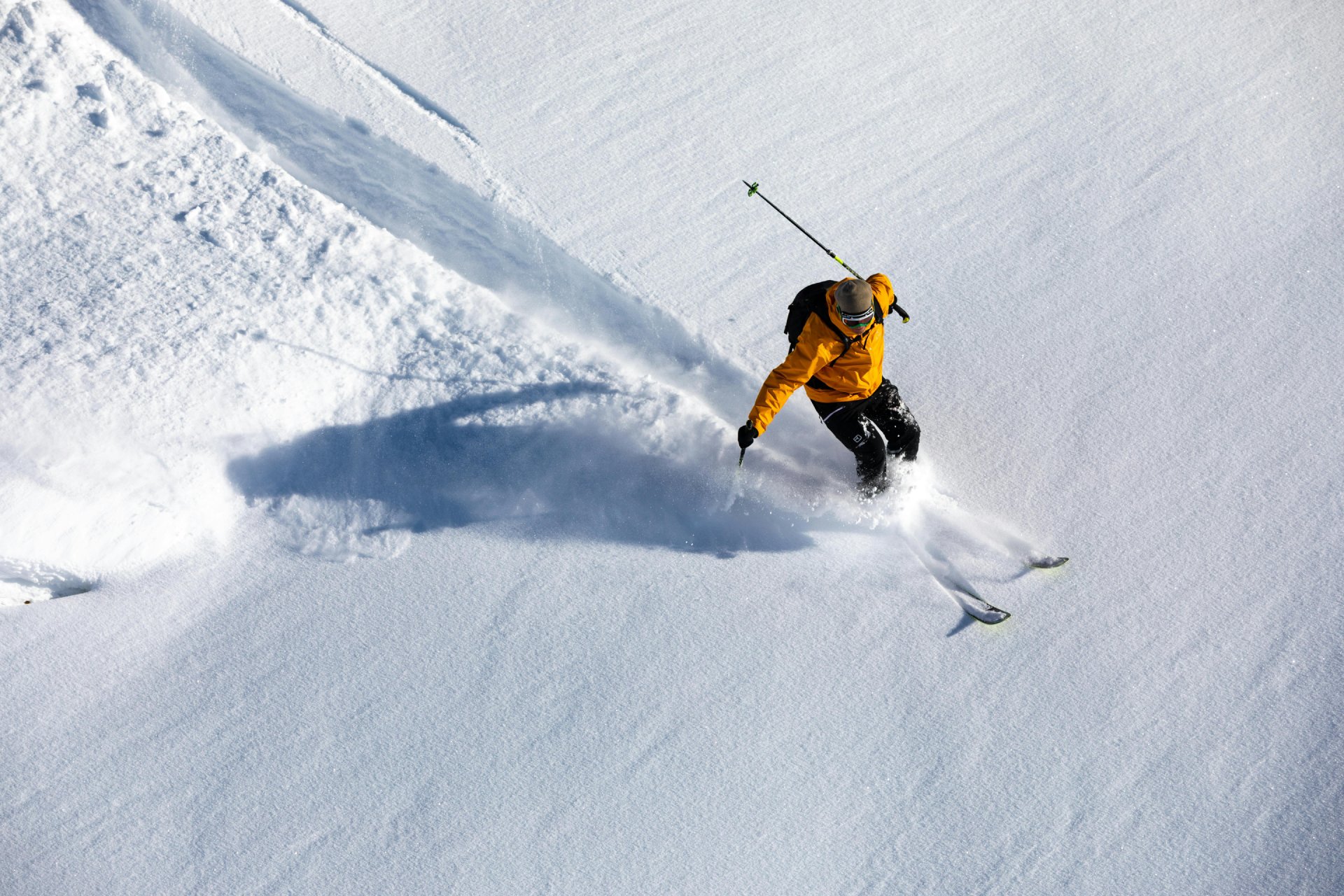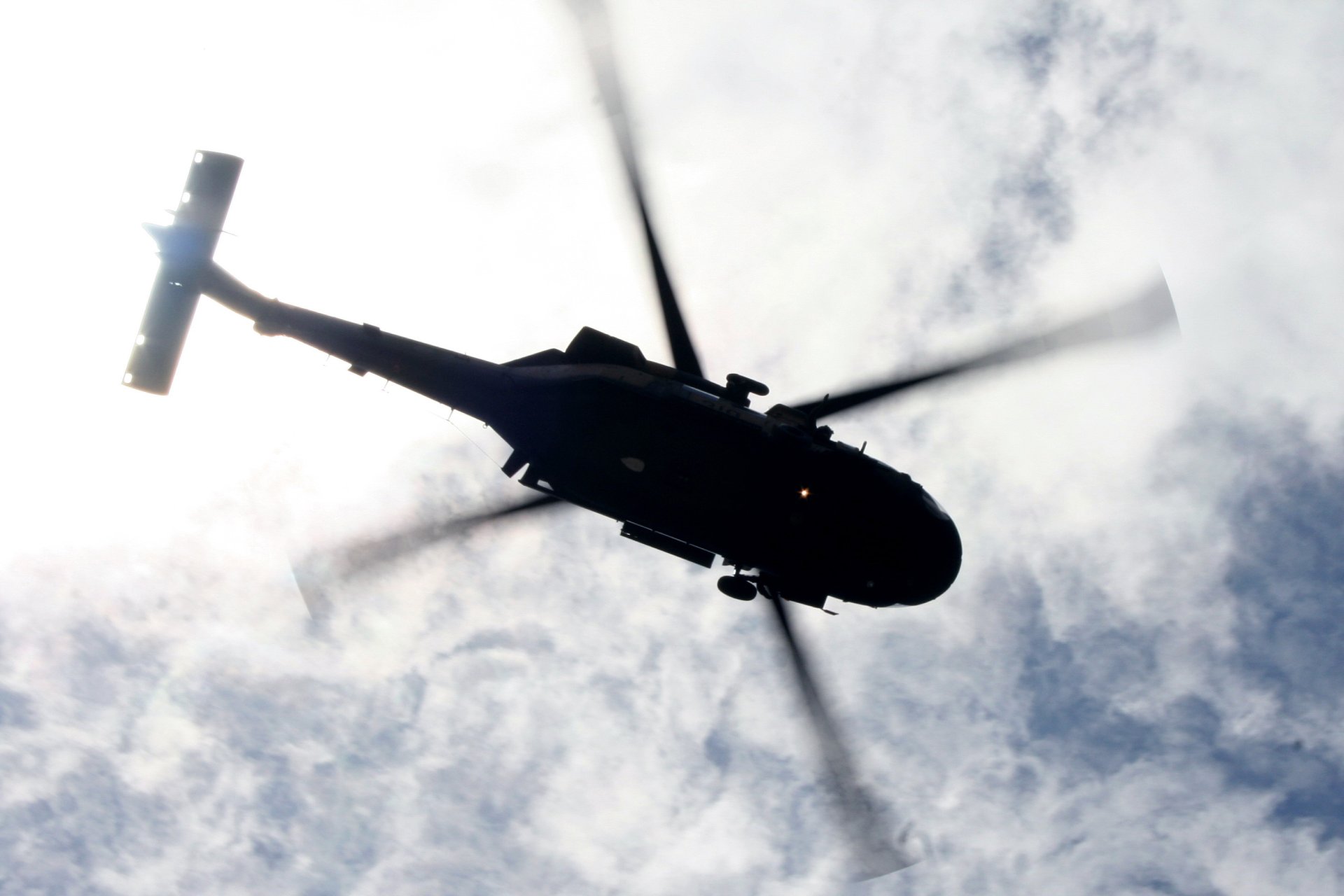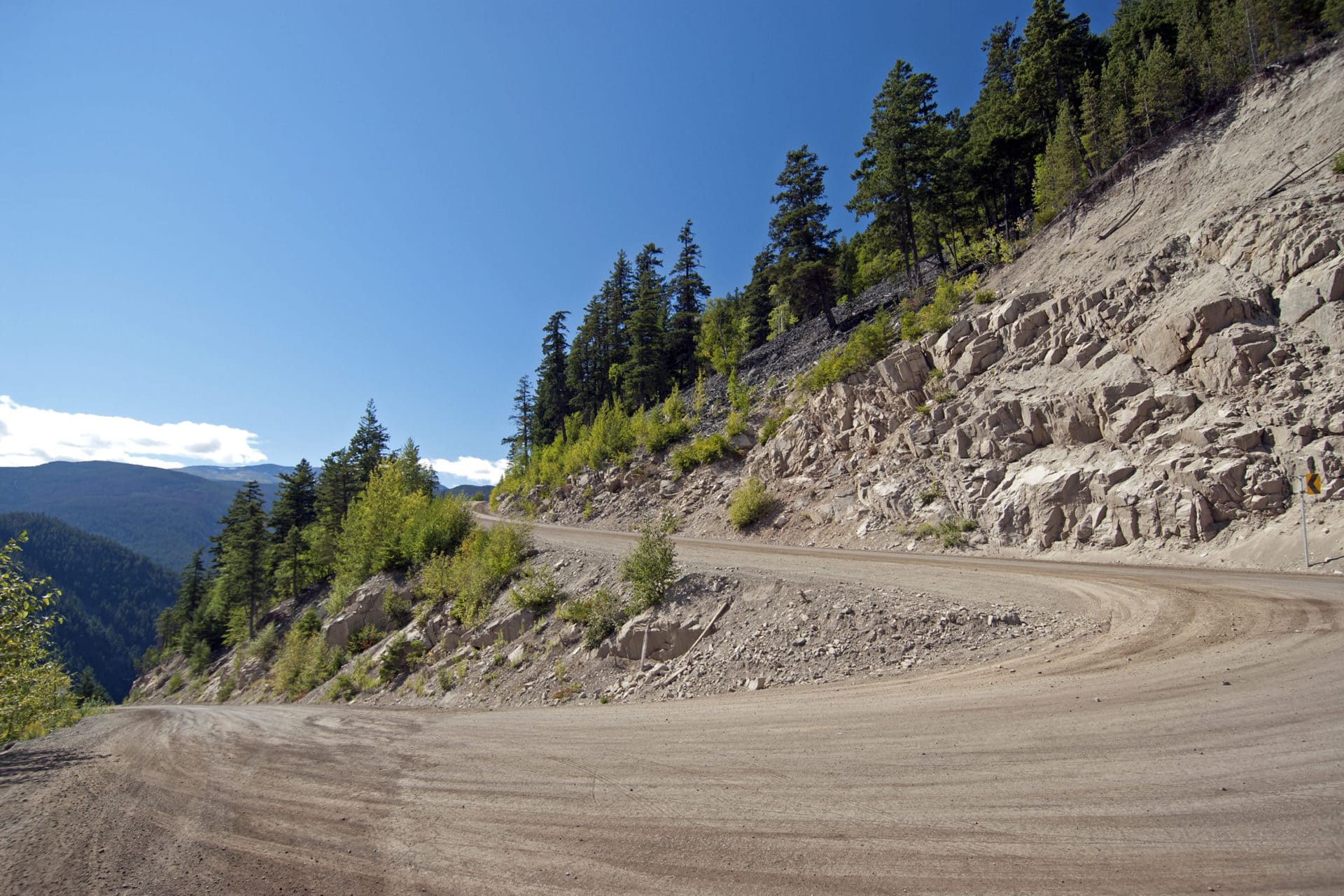Having successfully climbed Mount Everest for the second time in 2013, Margaret Watroba set her sights on Dhaulagiri in Nepal. Determined to climb the seventh highest peak in the world, Watroba embarked on an expedition.
Aware of the mountain’s reputation for avalanches, Watroba knew that despite the lack of snow on the first section of the climb, her safety was not guaranteed.
After driving and trekking several days to reach base camp, Margaret and the other climbers settled in and began acclimatizing, their bodies adjusting to the higher altitude and lower temperatures.
On the first climb up a steep part of the mountain, things took a bad turn.
“I was caught in a rock fall and hit on the head,” Watroba said. “I was wearing a helmet. I didn’t lose consciousness but I felt considerable pain. Despite having a headache, I went climbing the next day but was moving very slow. I knew something was not right. I simply didn’t want to admit there was a problem.”
Watroba turned around and reached camp very late. Although extremely tired, she was still hopeful that all would be fine after a good night’s sleep and some pain medication.
Despite getting sleep and taking medicine for the pain, her headache continued as she lost her appetite and continued to become more fatigued.
Watroba realized then that she needed more help than what was available on the mountain.
Unable to pursue the climb at high altitude without endangering herself and her team, she spoke to her leader. Without hesitation, he called Global Rescue. Global Rescue then worked quickly to coordinate a helicopter rescue.
Global Rescue Coordinates Helicopter Rescue at Dhaulagiri
After briefly detailing her symptoms to Global Rescue personnel via her satellite messaging device, Watroba was informed that a helicopter was being dispatched to a lower camp on Dhaulagiri.
“The helicopter picked me up on the mountain and the ambulance was waiting at Kathmandu airport to quickly transport me to the hospital,” she recalled. “It was incredible. Dhaulagiri is a very remote place. We didn’t have internet, only satellite phones and messaging devices to communicate. With Global Rescue, I feel like someone is watching over me, ready to help.”
Watroba witnessed what could happen without such help.
“There was another climber who was also caught in the rockfall and was waiting three days for his provider to pick him up! He couldn’t believe how quickly Global Rescue assessed my condition and responded to my call,” Watroba said.
Watroba also recalled an earlier “very efficient” evacuation in Nepal by Global Rescue.
“After the 2015 earthquake, other climbers and I were picked up from Everest Base Camp. We were met by the Global Rescue personnel at Lukla airport. They were easily recognizable with the Global Rescue logos on their gear. There was chaos – many climbers and trekkers had nowhere to sleep. The weather was bad so the airport was closed. The Global Rescue operations teams on the ground had rooms in the lodge reserved for us in case the planes wouldn’t fly. They rebooked my air ticket. When my husband originally contacted Global Rescue, they said to him, “Mr Watroba, don’t worry we will deliver your wife home.”
Why Watroba Continues to Choose Global Rescue for Medical Evacuation Services
Watroba summed up her experiences with Global Rescue:
“It’s a fantastic, fast, reliable, responsive service. Rescuing people from the Himalaya is a risky and difficult process, not only because of the mountain terrain but due to the continuously changing weather. Global Rescue is the best from what I’ve seen being on 11 expeditions in the Himalaya and Karakoram. Obviously I will not travel without Global Rescue.”
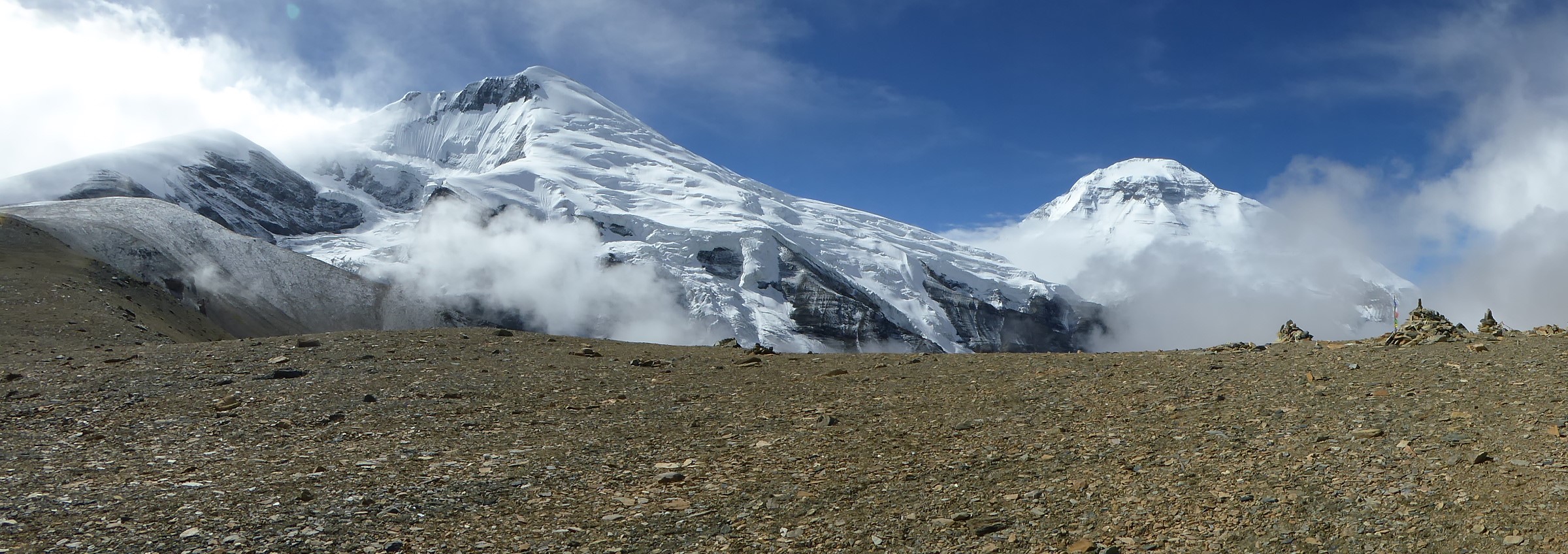
Dhaulagiri, on the right, on the trek to base camp

